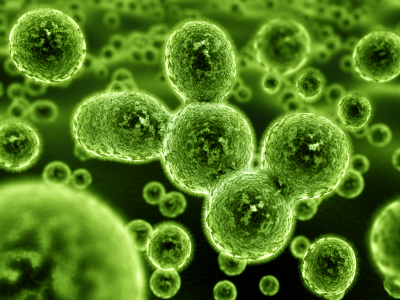The Microbial world
The microbial world is a realm of life made up of viruses and microorganisms. The Microbiology is the branch of biological sciences concerned with the study of these microbes.
Microorganisms are unicellular organisms capable of existence as single cells too little to be seen with the naked eye. Between all forms of life on the earth microorganisms predominate in numbers of species and in biomass but their occurrence are commonly underappreciated because of their little size and the requirement for a microscope to see individual cells. While a light microscope is commonly need to visualize a single microbial colonies, microbial cell and communities can readily be observed in nature. As described below, viruses are noncellular entities and cannot be considered microorganisms. The Viruses and cellular microorganisms are considered microbes.

Microorganisms are established in all Three major kingdoms of life that are:
-The Archaea,
-The Bacteria
-The Eukarya.
The presence of a nucleus describes the eukaryotes while both the Archaea and Bacteria can be distinct as prokaryotes. Apart from the nucleus there are several biochemical and physiological properties distinguishing the prokaryotes from the eukaryotes.
What are microbes ?
The Microbes are a diverse group of organisms which can be subtract into the viruses unicellular groups that are protista Eubacteria, Archaea, some fungi and some chlorophyta and a little number of organisms with a easy multicellular structure the larger chlorophyta and fungi These larger microorganisms are characterized through having a sheet-like, filamentous, or parenchymous thallus which does not display true tissue differentiation. The Most microbes cannot be seen without the aid of a microscope.